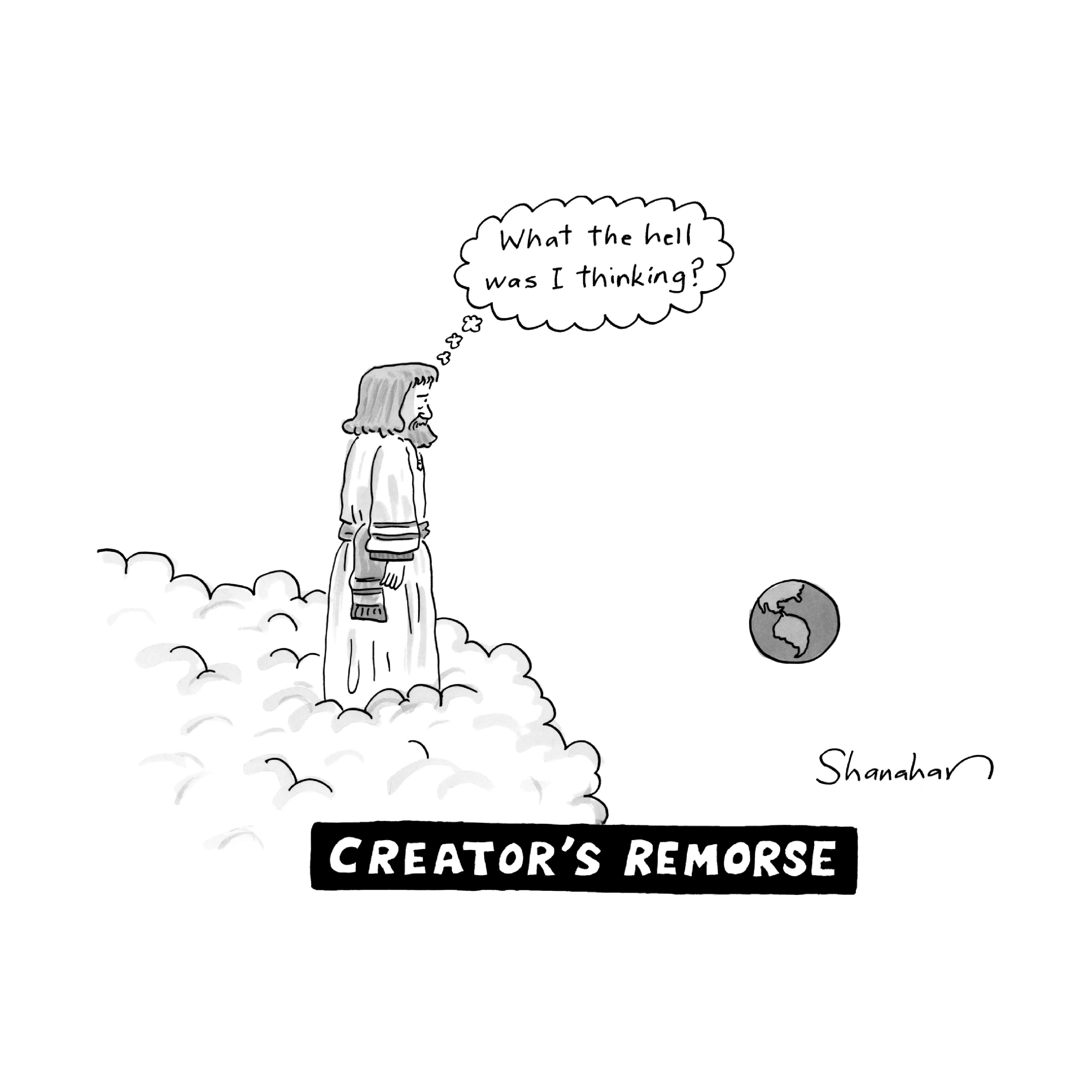Heaven and Hell in Advertising

Sophisticated business travelers already know the European joke about Heaven and Hell, where in Heaven the chefs are French, the lovers are Italian and the police are English, while in Hell the chefs are English, the lovers are Swiss and the police are German. Heaven and Hell in advertising is another matter.
What is Heaven in Advertising?
Advertisers recognize that they have brand performance problems, and Chief Marketing Officers commit to solve them with the help of a few key advertising agency partners.
The agencies are empowered to figure out why brands are underperforming and where "unrealized brand potential" for sales and profit growth might lie. The agencies analyze brand performance, identify the potential and develop consensus with their client about the positive things that can be achieved with the right marketing program. They jointly agree to pursue the potential.
The agencies then develop proposals for media spend and mix, along with proposed creative Scopes of Work, deliverable by deliverable, to "achieve identified results." These marketing programs are costed out, and the agencies are paid by the deliverable at a fair rate, permitting them to staff the work properly.
Agencies then staff the Scopes of Work with the appropriate resources.
The brand performance-improvement programs begin, and as feedback is received from the marketplace, the SOWs are adjusted, along with associated fees, to increase the odds of success.
At the end of the year, forecasted performance meets or exceeds expectations, and a new round of analysis and planning begins for the following year. The return on marketing investment was very attractive. The Chief Marketing Officer is perceived as successful at his/her job, and if additional marketing investment is desired, it can be obtained. The partnership between the advertiser and the agency is seen as successful, and it feels "right," satisfying for both parties, who value their working relationship with one another and look forward to future successes.
Agency employees who work on the marketing program are rewarded with bonuses that fairly reflect their contributions to increasing the client's shareholder value. They feel valued, respected and competent despite occasional midnight efforts and last-minute crises.
The agency CEO recognizes their accomplishments and uses the example in agency training programs as an agency "best practice" for relationship management. The example is used in new business pitches to structure new relationships. Success builds on successes.
What is Hell in Advertising?
Chief Marketing Officers are uncertain about how to turn around brand performance, so they focus on "optimizing" their marketing spends by cutting costs through zero-based budgeting, benchmarking, fee reductions, creation of in-house agencies and fooling around with various smart-sounding cost ratios (like "working versus non-working," whatever that is). They call for agency reviews and change incumbent agencies. They divide responsibilities among many agencies, bringing in "best-in-class" agencies who specialize in narrow marketing areas. They hire additional junior marketing people to handle the growing complexity of the agency portfolio, which now includes a growing in-house agency that has ambitions to do high-level strategy and TV work. The new marketing people decide who gets briefed and who gets paid via the new project-based remuneration system.
Phew! The marketing workload is very, very heavy!
The Scopes of Work are developed on an ad-hoc basis, quarter by quarter, since no one knows what really works and it's better to delay briefing until the last minute, since the marketplace is changing all the time. Multiple agencies can be briefed at the same time to maximize the number of ideas that can be obtained at low cost. Every brief is a jump-ball.
Agencies staff the client to the degree they can, given the low fees, even though the SOW workload is large. The junior agency people who work on the account are stretched, and after many months of this, they quit and find other jobs, but not before trashing their job experience on Glassdoor. Rework was always a chronic problem, as were depressed salaries and non-existent bonuses.
Unfortunately, the client marketing program fails. The brands continue to languish and the CMO is fired after 36 months. A new CMO is found and he/she promptly calls for an agency review, promising the CFO and CEO that a new agency or agencies or holding company will be engaged at lower cost.
It's déjà vu all over again, but this time it will work!
Unfortunately, as in life, Heaven is a fantasy and Hell is closer to home.
As Jean-Paul Sartre reminded us, "l'enfer c'est les autres" – Hell is other people, and those other people are in advertising, doing what everyone in the industry has been doing for many years.
Cartoon Credit: Danny Shanahan, The New Yorker, The Cartoon Bank. With permission.
Click the social buttons above or below to share this story with your friends and colleagues.
The opinions and points of view expressed in this content are exclusively the views of the author and/or subject(s) and do not necessarily represent the views of MediaVillage.com/MyersBizNet, Inc. management or associated writers.


